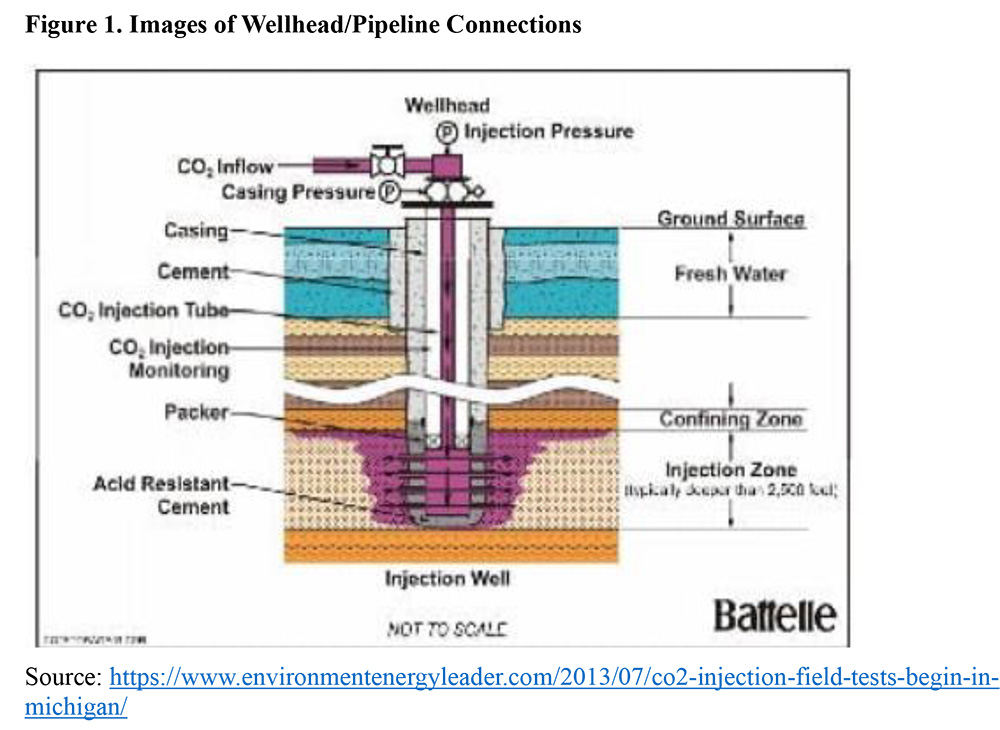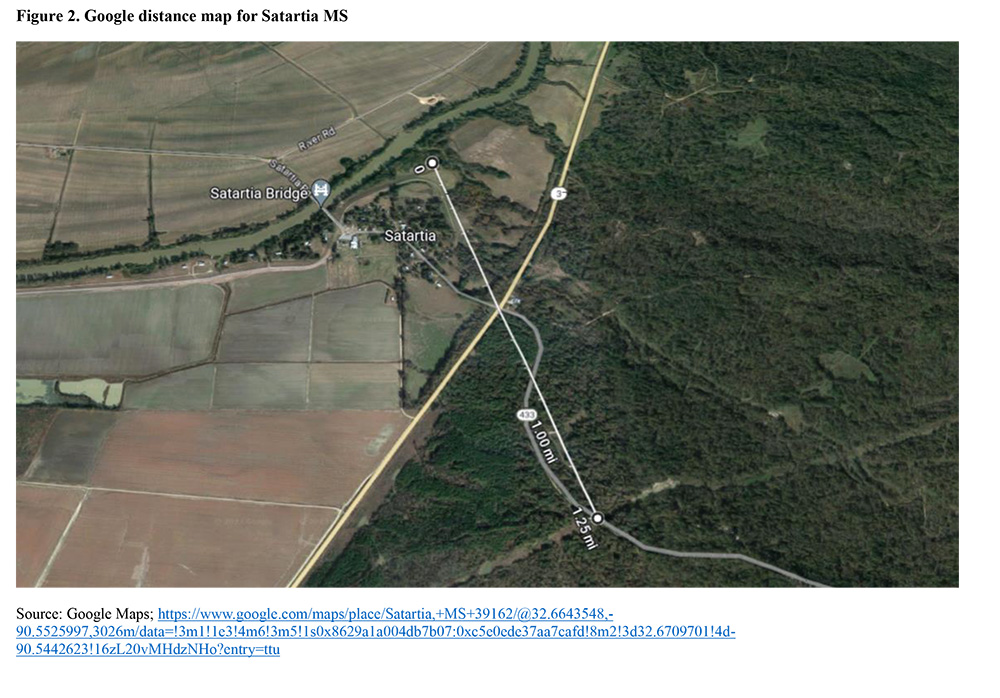McLean County is emerging as ground zero in the ethanol industry’s battle to build pipelines in Illinois and sequester CO2 in central Illinois. Since the county requires special use permits to drill wells, both One Earth, a Gibson City ethanol plant, and Navigator CO2 Ventures appeared before McLean County’s Zoning Board of Appeals: One Earth for a special use permit, Navigator to request a reduction to 660 feet of the county’s 1,500 setback for CO2 wells. Here, I turn to Navigator’s request.
The Board treated Navigator solicitously perhaps because it has offered the county $29 million over 30 years for the right to inject CO2 below the Mahomet Aquifer, the sole source aquifer for 850,000 people. In contrast, Illinois People’s Action (IPA) faced an uphill battle. IPA, a Bloomington faith-based community organization, led most of the opposition. When IPA moved to show a video of a test CO2 pipeline rupture by DNV, a Norwegian risk-management company, Board staff denied the request by citing this hearing rule: “documents obtained from the internet or elsewhere are generally not admissible.” This loosely constructed rule allows staff to deny evidence they don’t want board members to see. IPA was also told by one staffer that the filmed rupture was a “fake video” even though DNV (2022) shows photos from the video at its website.
Op-ED: Protect our future, stop CO2 pipeline before it’s too late
Letters: Yes, carbon capture pipelines can be dangerous, Dr. Davis
Before my testimony, the Board Chair stated that he did not want testimony on pipeline matters. That forced me to set aside 80% of my written testimony, but I was still able to verbally introduce the key issue in the next paragraph (Oct 31 Hearing at 2:11:40). Constraints notwithstanding, objectors put forward such a strong case that the Board strengthened vague and incomplete language on emergency response plans. We achieved a partial but significant victory. Even though grossly inadequate, the 1,500-foot setback was not reduced to meet Navigator’s request.
 The Board turned a tin ear to pipeline issues because they accepted carte blanche a legal opinion that the county had no regulatory authority over pipelines. This was used to ignore testimony on pipeline issues that relate directly to well zoning standards. Per Figure 1, pipelines connect right at the top of the injection well. Just as a bird cannot fly without wings, a sequestration well cannot inject CO2 without a pipeline. And that pipeline connects to the well in the same manner that wings connect to a bird. The important point? A pipeline can rupture at the wellhead.
The Board turned a tin ear to pipeline issues because they accepted carte blanche a legal opinion that the county had no regulatory authority over pipelines. This was used to ignore testimony on pipeline issues that relate directly to well zoning standards. Per Figure 1, pipelines connect right at the top of the injection well. Just as a bird cannot fly without wings, a sequestration well cannot inject CO2 without a pipeline. And that pipeline connects to the well in the same manner that wings connect to a bird. The important point? A pipeline can rupture at the wellhead.
Therefore, what happened in Satartia, Miss. is crucial for informed decision-making in Illinois. The pipeline near Satartia ruptured 6,600 feet (1.25 miles) from the town requiring evacuation of hundreds of people in and around Satartia, 49 emergency room treatments, and causing permanent respiratory damage to some of the evacuees. A 1,500-foot setback would have been useless.
 With a population six times that of Satartia’s Yazoo County, McLean runs a much greater risk if there is major CO2 incident. If the county intends to pocket that $29 million, they better pray for good fortune because that money will turn into a trivial down payment on settling a class action lawsuit should there be mass injuries or casualties.
With a population six times that of Satartia’s Yazoo County, McLean runs a much greater risk if there is major CO2 incident. If the county intends to pocket that $29 million, they better pray for good fortune because that money will turn into a trivial down payment on settling a class action lawsuit should there be mass injuries or casualties.
References
Cameras for Safety. 2022 (Jan 25). CO2 Pipeline Test (Narrated). Science & Environmental Health Network
DNV. 2022 (Nov 28). CO2 Buried Pipeline Modeling in Phast and Safeti 8.71
Fowler, Sarah. 2020 (Feb 27). ‘Foaming at the mouth’: First responders describe scene after pipeline rupture, gas leak. The Clarion-Ledger
Zoning Board of Appeals. October 31, 2023 Hearing. Mcleancoil
Zegart, Dan. 2021 (Aug 26). The Gassing Of Satartia. Huff Post


2 comments for “Heat Waves — In Red & Black: CO2 Pipeline Play in McLean County: Act 2”